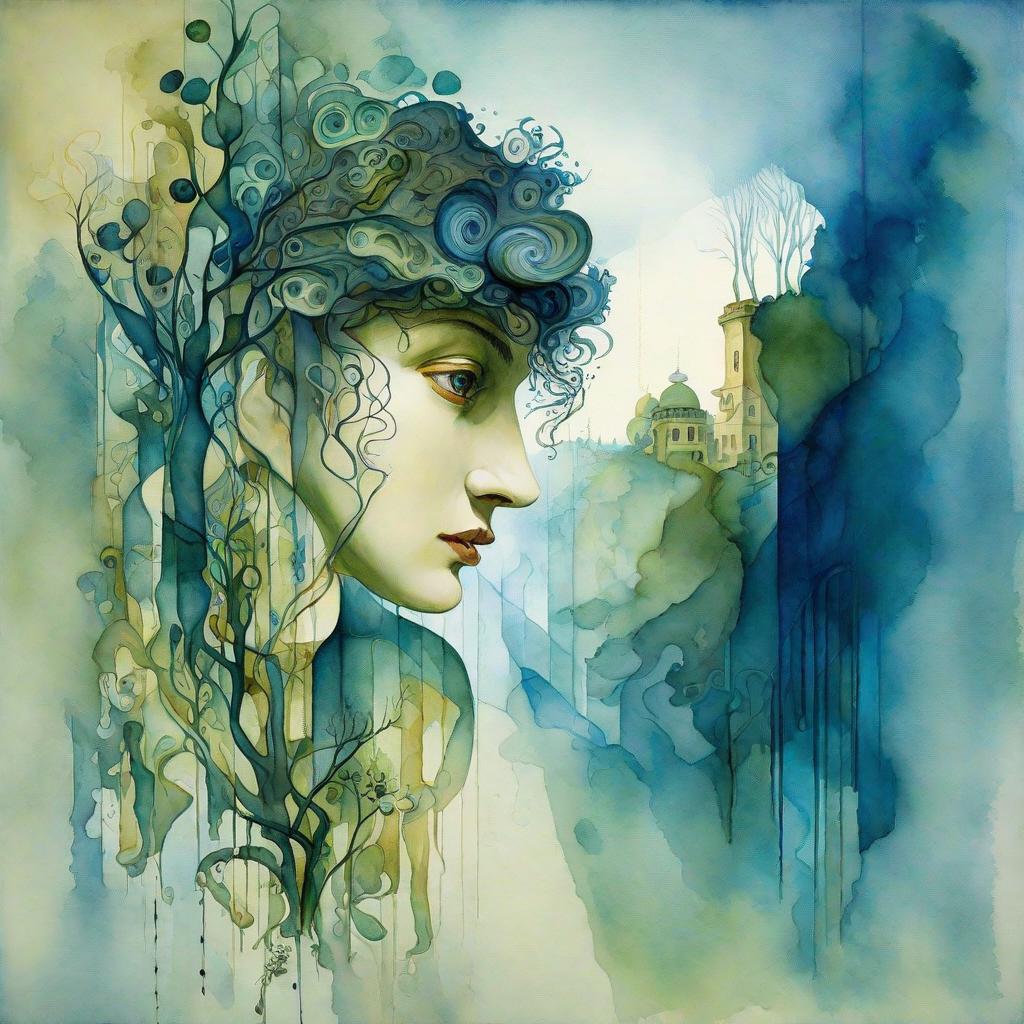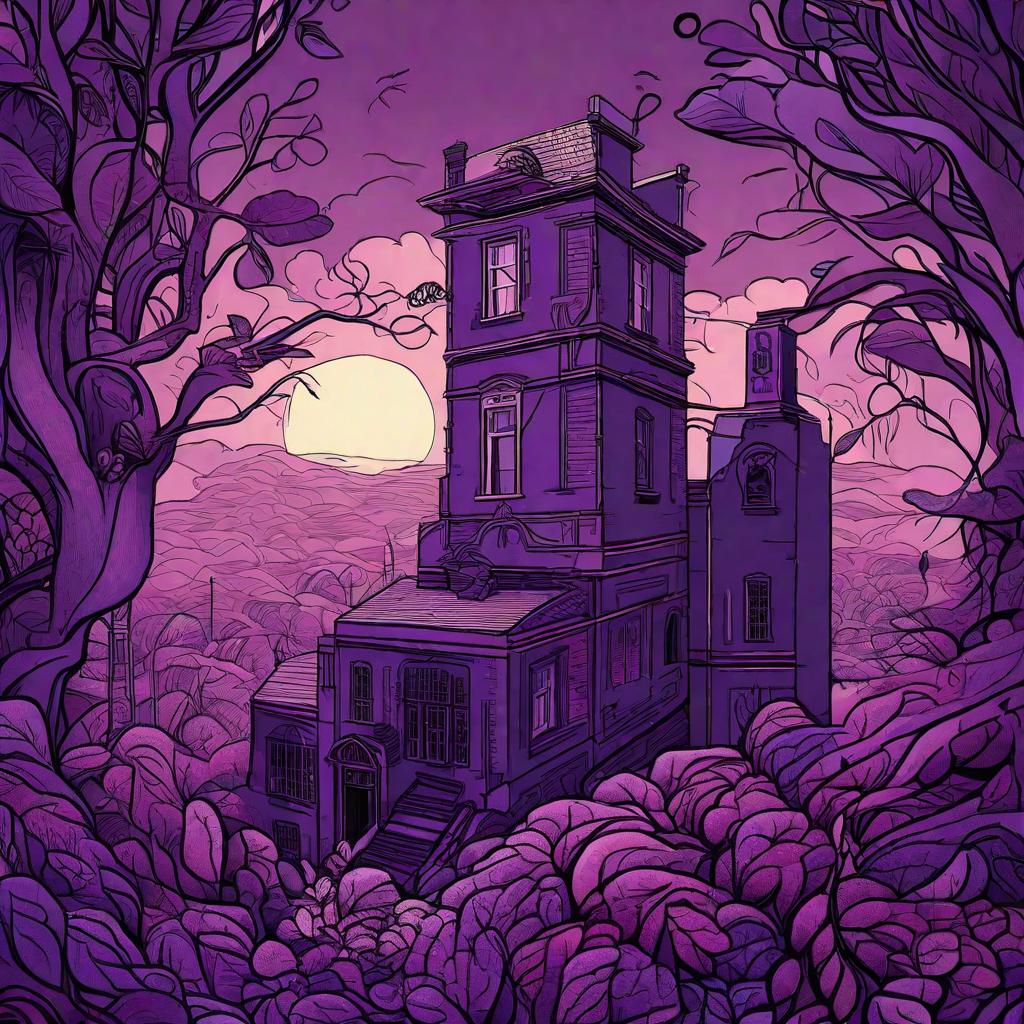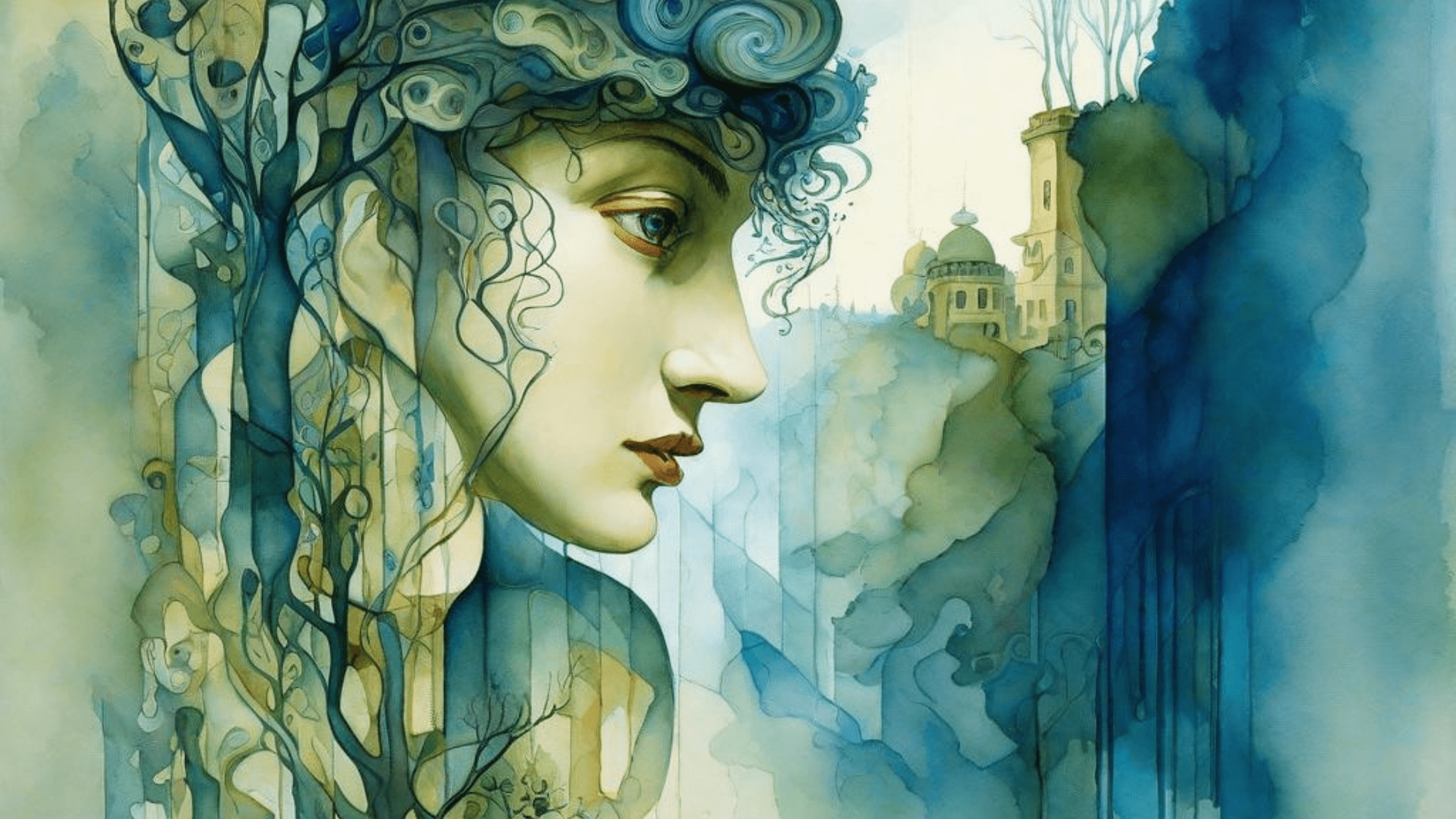Decoding Dickinson’s “Mopiness”:

Emily Dickinson’s enigmatic poem, “Hope” is the Thing with Feathers,” has captivated readers for over a century. One of its most intriguing elements is the elusive concept of “mope,” mentioned only twice in the poem. But what does Dickinson mean by “mope”? Is it simply a synonym for sadness, or does it hold deeper layers of meaning?
Check this out also Unpacking the Laughs: What Does the Author Say About the Humorous Story?
Mopiness as Absence:

The poem personifies Hope as a bird that resides within the soul. When it sings, it fills us with joy and anticipation. However, when it falls silent, we experience “mope.” This suggests that mope is not just sadness, but rather the absence of hope’s vibrant presence. It’s a state of listlessness, a feeling of emptiness where hope used to be.
Internal Conflict and Doubt:

Dickinson further associates mope with “the chillest land,” implying a sense of isolation and internal coldness. This could represent the internal conflict that arises when hope falters. We may question our own faith, grapple with doubt, and feel disconnected from the warmth that hope once provided.
The Resilience of Hope:

However, the poem doesn’t end on a note of despair. Despite the mope, the speaker continues to “keep it warm.” This implies an act of defiance, a refusal to let mope extinguish the embers of hope. It’s a testament to the human spirit’s capacity to nurture and rekindle hope even in the face of darkness.

